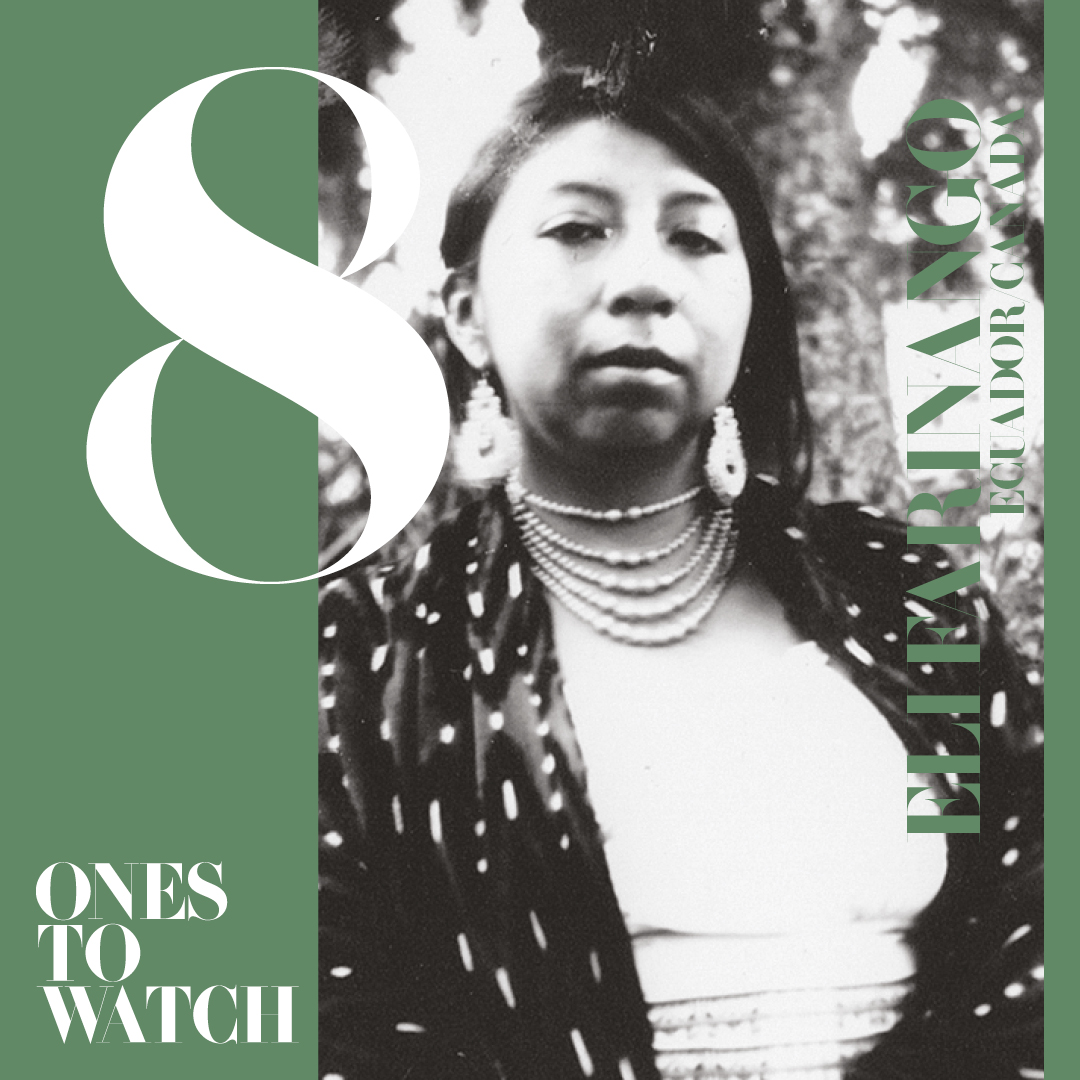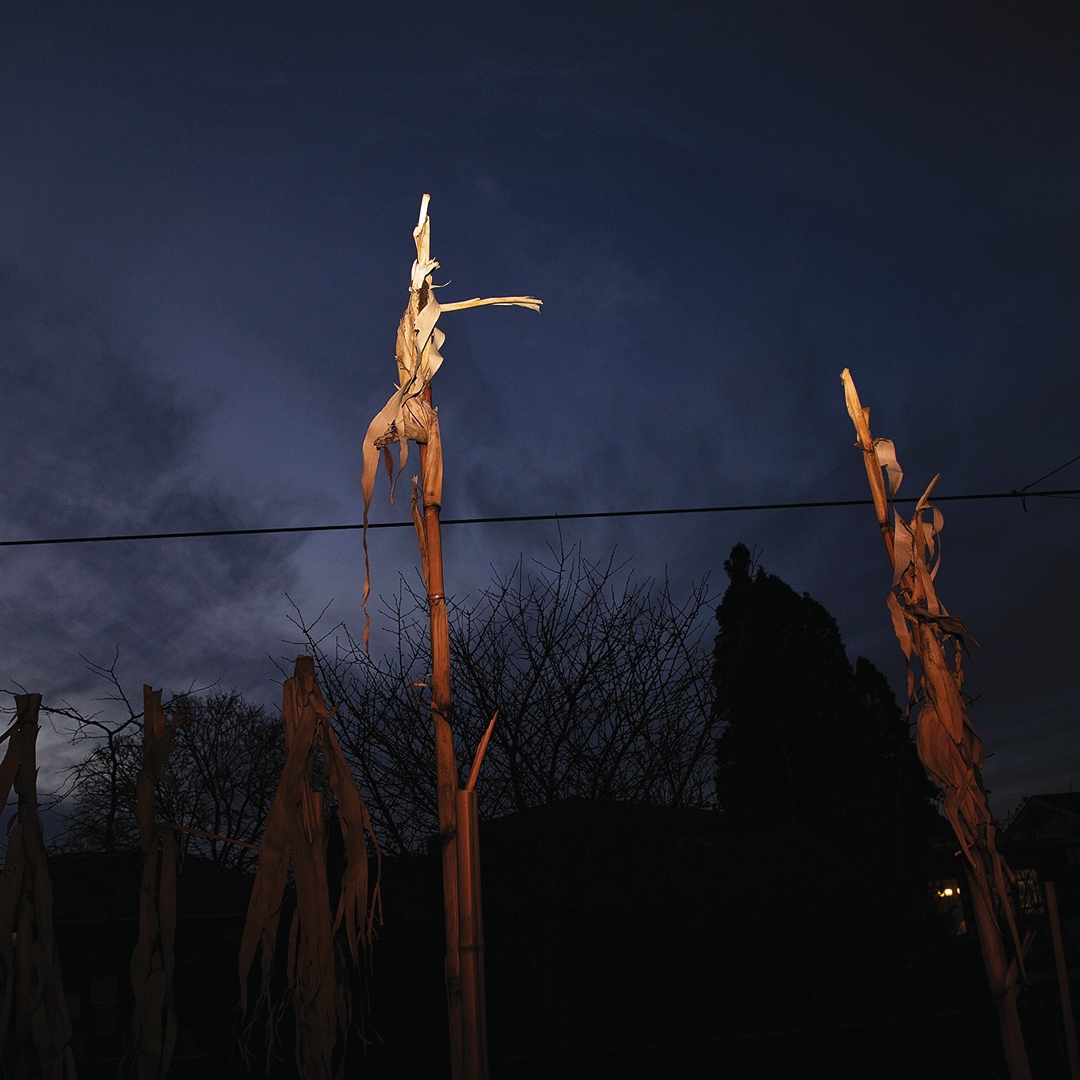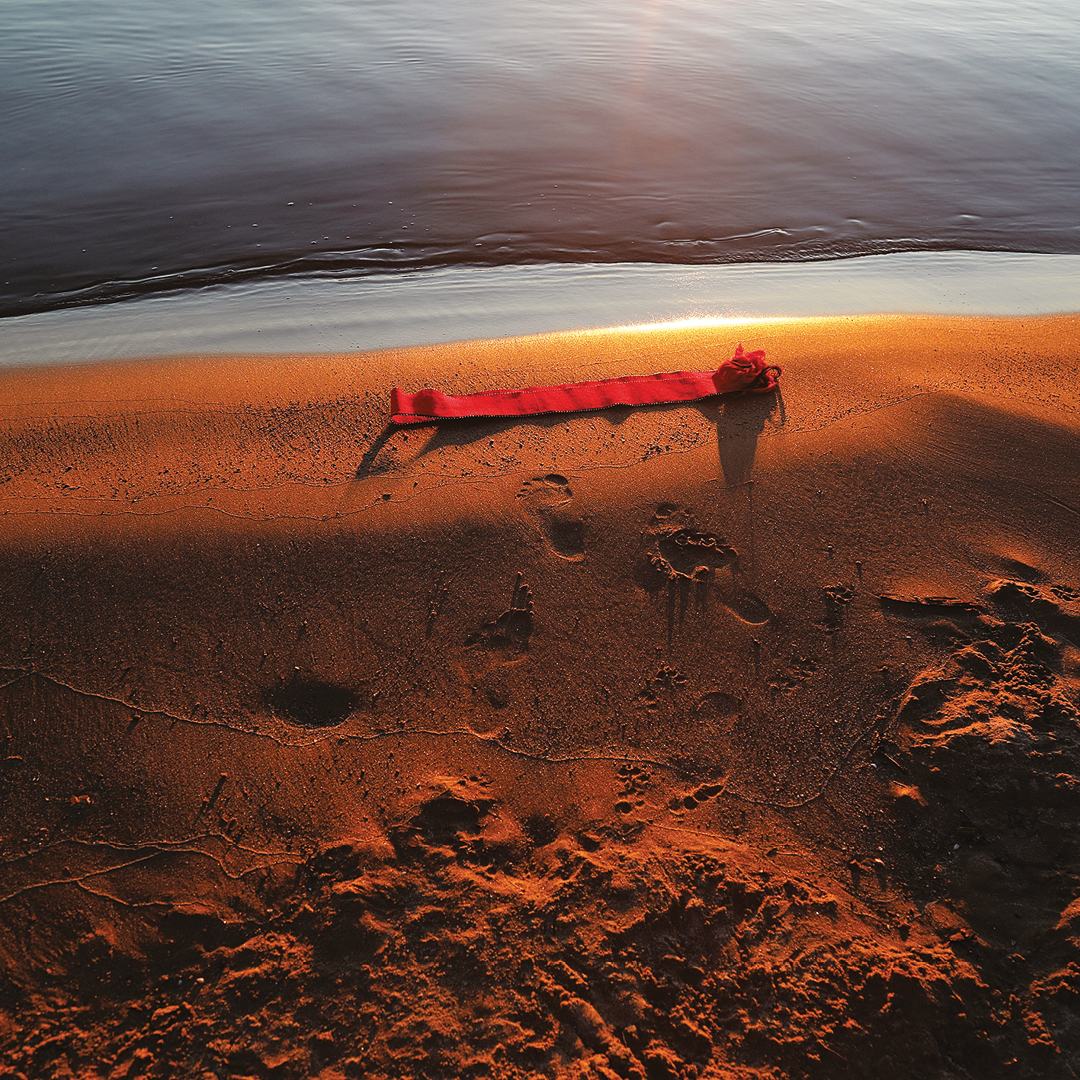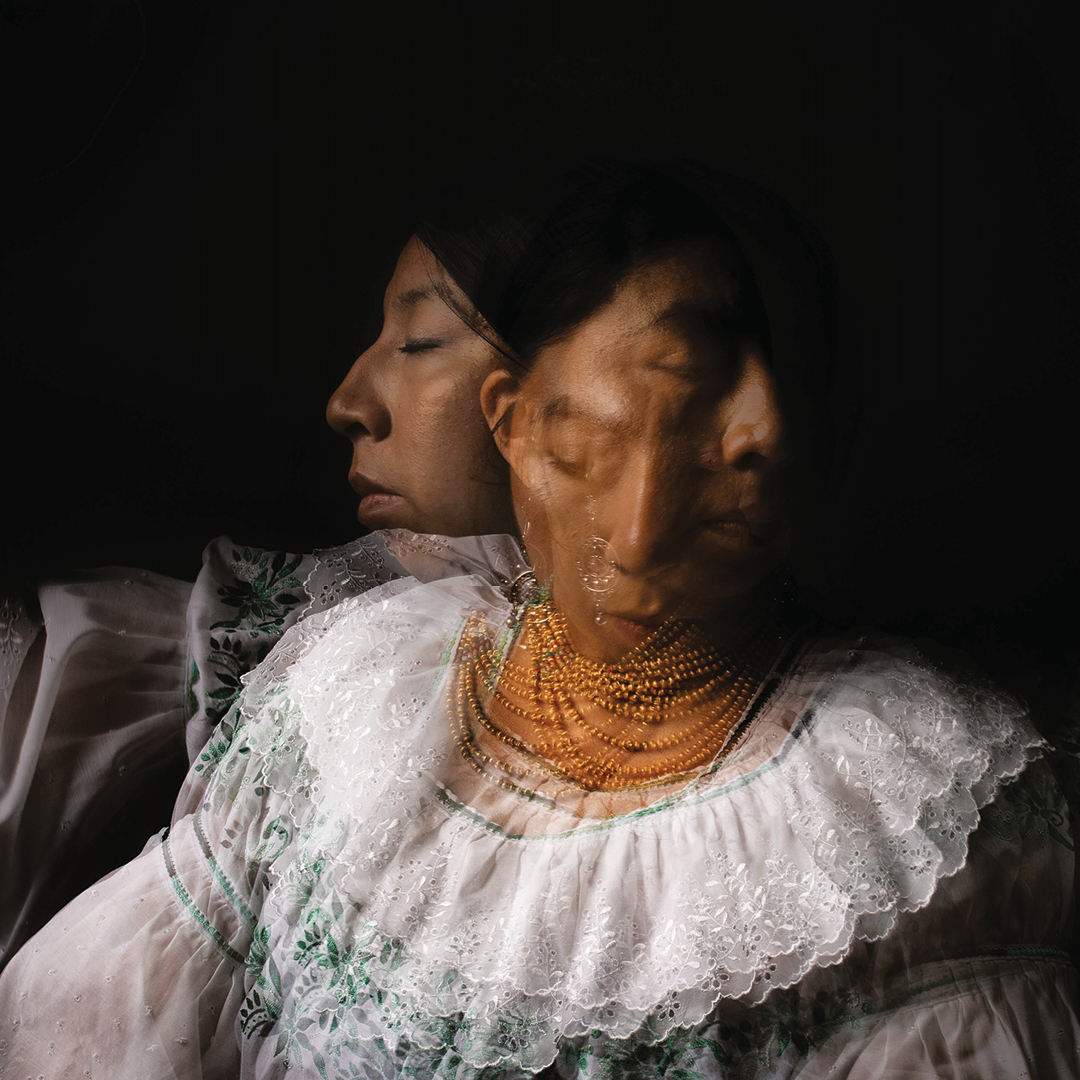All images © Eli Farinango
After returning from a difficult stint living in her native Ecuador, the Canada-raised Ones to Watch winner began working with community activists to explore the richness of Indigenous life in North America

Eli Farinango was born in 1986 in Kichwa territory (presently Quito), Ecuador. When she was nine, she moved to Canada to Algonquin territory (presently Ottawa). Her family are traditionally entrepreneurs, selling textiles and artisanal crafts in festivals and malls across Canada; they’re from the Kichwa community, a large ethno-linguistic community originally from Ecuador but now dispersed across North America and beyond. After graduating from the University of Toronto, Farinango returned to Ecuador, keen to reconnect with her roots and tired of feeling alienated from mainstream Canadian life. She soon realised that she had romanticised her life in Ecuador, and found being back unexpectedly difficult.
Farinango turned to photography to process her feelings and developed an infatuation with the medium. She went on to study at New York’s International Centre of Photography, where she was awarded the Jan Mulder Scholarship. Now based between New York and Canada, she is working on an ongoing project about the Kichwa diaspora titled Runa Kawsay, exploring the nuances of Indigenous identity in the community in North America.
“I wanted to use photography to navigate through this complex life, but also to leave an archive for future generations,” she explains. “I wanted to show… the humanness of being Indigenous. As an Indigenous woman, I grew up seeing other photographers’ polarised interpretations of who I was supposed to be. There were colonial archive images of who we ‘were’ or images taken by men that sexualised our bodies, and very little in between. I just wondered, if my great grandmother had been able to write or take photographs, or document herself in any way, what knowledge would she have been able to pass on? How might that have helped me? That inspired me to create my own visual journey, for future generations to see.”

“I wanted to show… the humanness of being Indigenous. As an Indigenous woman, I grew up seeing other photographers’ polarised interpretations of who I was supposed to be.”

Most of the work is made in Wisconsin, collaborating with three key individuals who carry out cultural work within their communities – Charlie Uruchima, Nazka Serrano and Adina Farinango. It is a shared endeavour, she says. The photographer talks with people about identity and representation. She shares her images with them, collaborating on the picture edit and discussing how she will use their portraits. Her approach is partly a reaction to how many Kichwas experience being photographed, she says; either shot by and exoticised by tourists, or studied and observed by outside researchers. She wanted to work with greater consent and has also rooted the project in her own experiences. The first chapter of Runa Kawsay is titled Wilkay, for example, and it is about her life in Hamilton, Canada.
“That was very intentional,” she explains. “I was going to ask people about intimate stories and identity, and I didn’t feel comfortable doing that unless I had also done the same with myself. Work like this hasn’t been made in my community before, so I wanted to know how to do it and what the boundaries are. I’m accountable to my community, I’m not just parachuting in and out.”
Photographer Koral Carballo nominated Farinango for Ones to Watch, “for the power of her photography, which challenges the canons of documentary photography from the Global North, inscribing itself to the questions and searches that are developing from Latin America.” She adds: “Eli’s work takes on a powerful force when she takes her story in her hands and begins a path of healing.”
Farinango’s work is supported by the National Geographic Society, and she hopes one day it might be a book – one seen outside the photography community, which shows the complexities of the Kichwa diaspora and dispersed Indigenous life. “I hope everyday people can read it and be educated, or see themselves represented,” she explains. “My dream is that it’s picked up by some little girl somewhere in suburban Canada, who is growing up not knowing her roots.”

